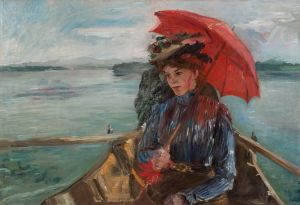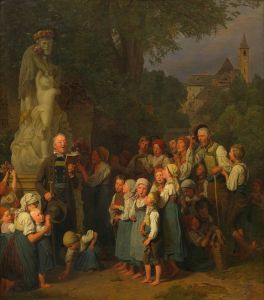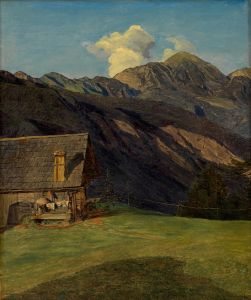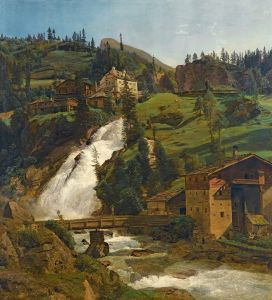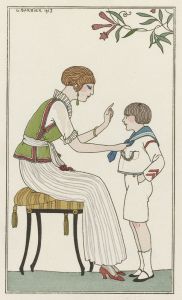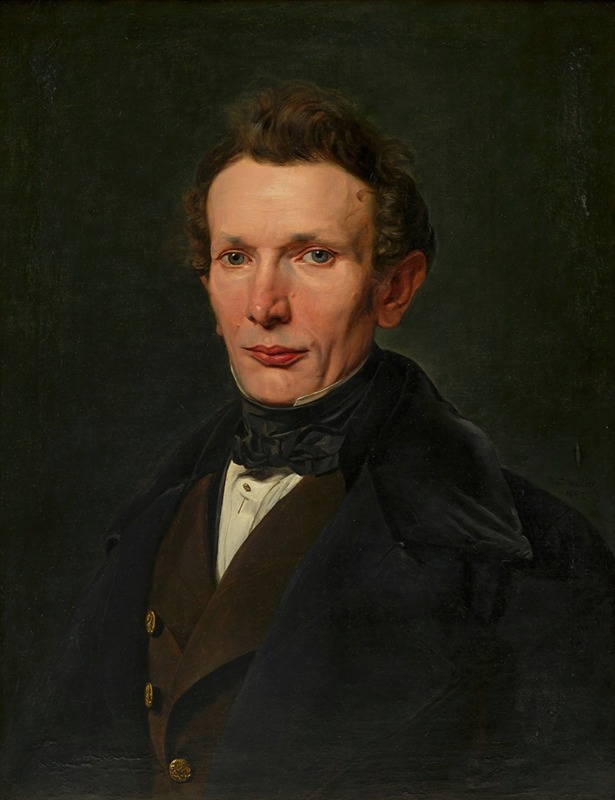
Herr von Bartsch
A hand-painted replica of Ferdinand Georg Waldmüller’s masterpiece Herr von Bartsch, meticulously crafted by professional artists to capture the true essence of the original. Each piece is created with museum-quality canvas and rare mineral pigments, carefully painted by experienced artists with delicate brushstrokes and rich, layered colors to perfectly recreate the texture of the original artwork. Unlike machine-printed reproductions, this hand-painted version brings the painting to life, infused with the artist’s emotions and skill in every stroke. Whether for personal collection or home decoration, it instantly elevates the artistic atmosphere of any space.
Ferdinand Georg Waldmüller (1793–1865) was a prominent Austrian painter of the Biedermeier period, known for his detailed and realistic depictions of landscapes, portraits, and genre scenes. One of his works, Herr von Bartsch, is a portrait that exemplifies Waldmüller’s mastery in capturing the individuality and character of his subjects.
The painting portrays a man identified as Herr von Bartsch, though specific details about the sitter’s identity and background remain unclear. Waldmüller’s skillful use of light and shadow, as well as his attention to fine details, is evident in the rendering of the subject’s facial features, clothing, and overall demeanor. The portrait reflects the artist’s commitment to realism and his ability to convey the personality and social status of his subjects through meticulous observation and technique.
Waldmüller’s portraits often focused on middle-class and upper-class individuals, aligning with the cultural and societal values of the Biedermeier period. This era, spanning roughly from 1815 to 1848, emphasized domesticity, order, and a focus on the personal and private spheres of life. Waldmüller’s works, including Herr von Bartsch, are celebrated for their ability to capture the essence of this period while showcasing the artist’s technical proficiency.
The painting is an example of Waldmüller’s broader artistic contributions, which include not only portraits but also landscapes and genre scenes. His works are characterized by their vivid colors, precise details, and a sense of harmony and balance. Waldmüller’s influence extended beyond his lifetime, and he is regarded as one of Austria’s most significant 19th-century painters.
As of now, Herr von Bartsch is part of a collection, but specific details about its current location or provenance are not widely documented. Waldmüller’s works can be found in various museums and private collections, particularly in Austria and Europe, where his legacy continues to be appreciated.
This painting serves as a testament to Waldmüller’s ability to blend technical skill with a deep understanding of his subjects, making him a key figure in the history of European art.





